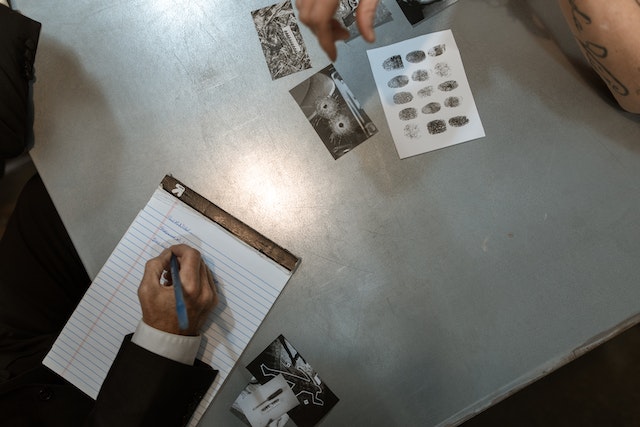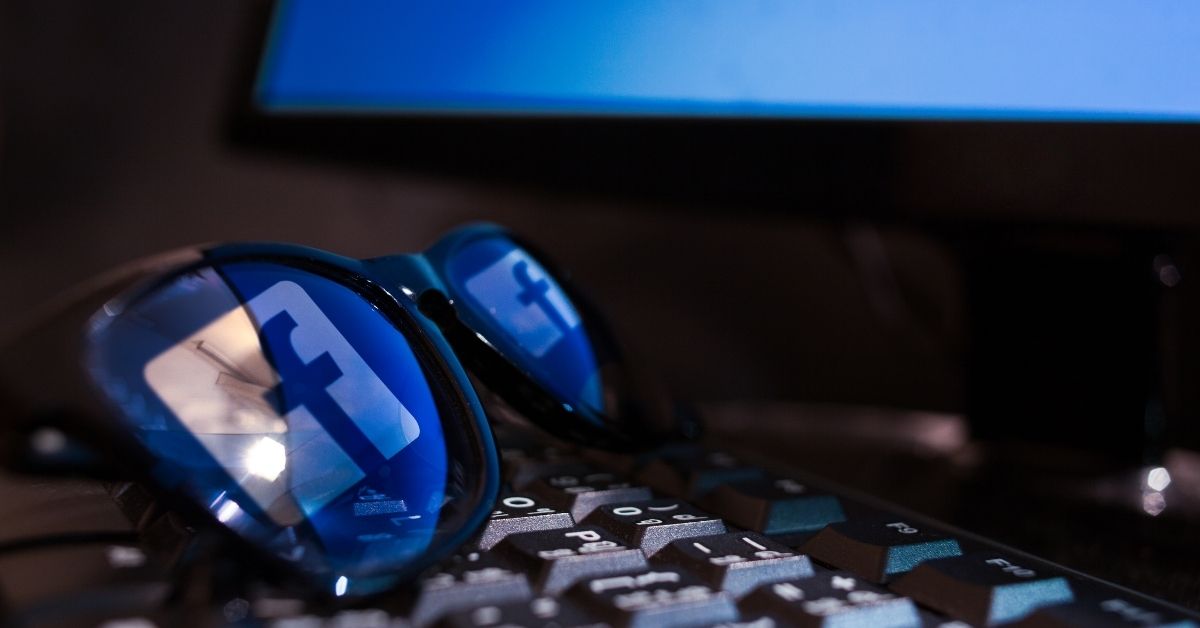Documenting Evidence In Plano for Your Personal Injury Claim: Tips for Success
The most crucial step to take after experiencing an injury due to someone else’s ignorance is to document the evidence. It is a compulsory step to take if you want to file a claim. It all comes down to proper and thorough documentation for a claim to be successful.
This task is not just about saving the evidence; it is also about how you organize and translate the information in a more understandable way. If you are in Plano, a personal injury lawyer in Plano can help you in collecting and organizing the evidence.
It is not easy for a common person to be legally thorough while collecting the evidence, so getting help from a local lawyer should be the way to go about it. They can help you with the tiny details that require their legal expertise. But before that, let us collect some more information on this.
Why is it Important to Document Evidence for Personal Injury Claims?
Take your evidence as the backbone of your claim. We know that the backbone is like the main support that helps you stand and walk on your own. But with a weak backbone, you cannot stand and walk for a longer period.
In the same way, weak evidence cannot take you to a successful claim. There should be solid, comprehensive evidence to prove liability and injury. Without it, the opposite party can claim that the evidence is insufficient to establish the liability, resulting in an unsuccessful claim.
So, make sure to be extremely detailed and organized while collecting the evidence for your personal injury claim.
The Types of Evidence
There are several types of evidence, physical and non-physical evidence. Non-physical evidence involves video evidence, witness statements, audio and photos, etc. The physical evidence involves damaged vehicles, injuries, any property damages, accident scenes, medical bills, receipts of medical tests, prescriptions of medicines, documents of scheduled visits to your doctor, and concerned authorities reports like police reports, etc. Saving all of this evidence is important to support your version of the claim.
Don’t Forget to Document the Scene
Right after getting into an accident, see a medical professional, and then if your doctor says that you can walk and there should not be any issues with that, then go to the scene of the accident. Take a keen look around and collect the evidence or any potential evidence on the scene.
Remember to document the scene as early as possible because there is a high chance of losing the evidence with time. A rain or storm can destroy the evidence, and even the opposite party can modify the evidence in their favor. So, acting fast is the key.
If you are badly injured and unable to walk, ask a loved one to help you investigate the scene. But don’t just sit and wait for your injuries to heal; get someone’s help to gather the evidence from the scene. Capture the scene, damaged properties, your injuries, or damaged vehicles.
Take shots from different angles, and make sure to take close-ups as well. Check the quality of photographs; they should be clear enough to use as evidence.
Collect the Statements of Witnesses
Witness statements are a great deal in successful claims. Contact witnesses and schedule a meeting with them. Ask for their permission and schedule. Record their statements only if they are comfortable and fine with it.
Otherwise, just respect their choice and involve your legal team to protect your witnesses’ privacy. Make sure that they don’t get into any danger by providing their statements in your favor. You can get a number of statements from several witnesses to build a stronger base for your claim.
It will give dimensions to your evidence and connect them together. And don’t forget to collect their names and contact details. Your legal team will contact them for any follow-up questions or verifications.
Gather Your Medical Documents
It is crucial to prove the link between your received injuries and medical treatment for a successful claim. Consistency and transparency are everything when it comes to claims. There should be clear connections between your evidence and the accident.
You can request the hospital for official documents of your diagnoses, treatments, tests, prescriptions, and expenses like your medical bills. Don’t forget to save the contact and address information of your doctors.
Document All Communication
Make sure to document all the important interactions related to your personal injury case. It involves your meetings with insurance companies and medical health providers. Keep track of emails, letters, and phone calls. You can record phone calls; you may need them later. Write dates and times of all the important meetings and interactions.
Security of Evidence
It is not about just collecting and organizing the evidence. You need to make sure that the evidence is somewhere safe and it is secure. For that, you can save non-physical evidence like digital evidence online in your drive and multiple other secure places. So that if someone tries to destroy one source, you will have the backup.
If you are documenting evidence for your case, try to involve your legal team to ensure everything goes smoothly and accurately according to the law.






